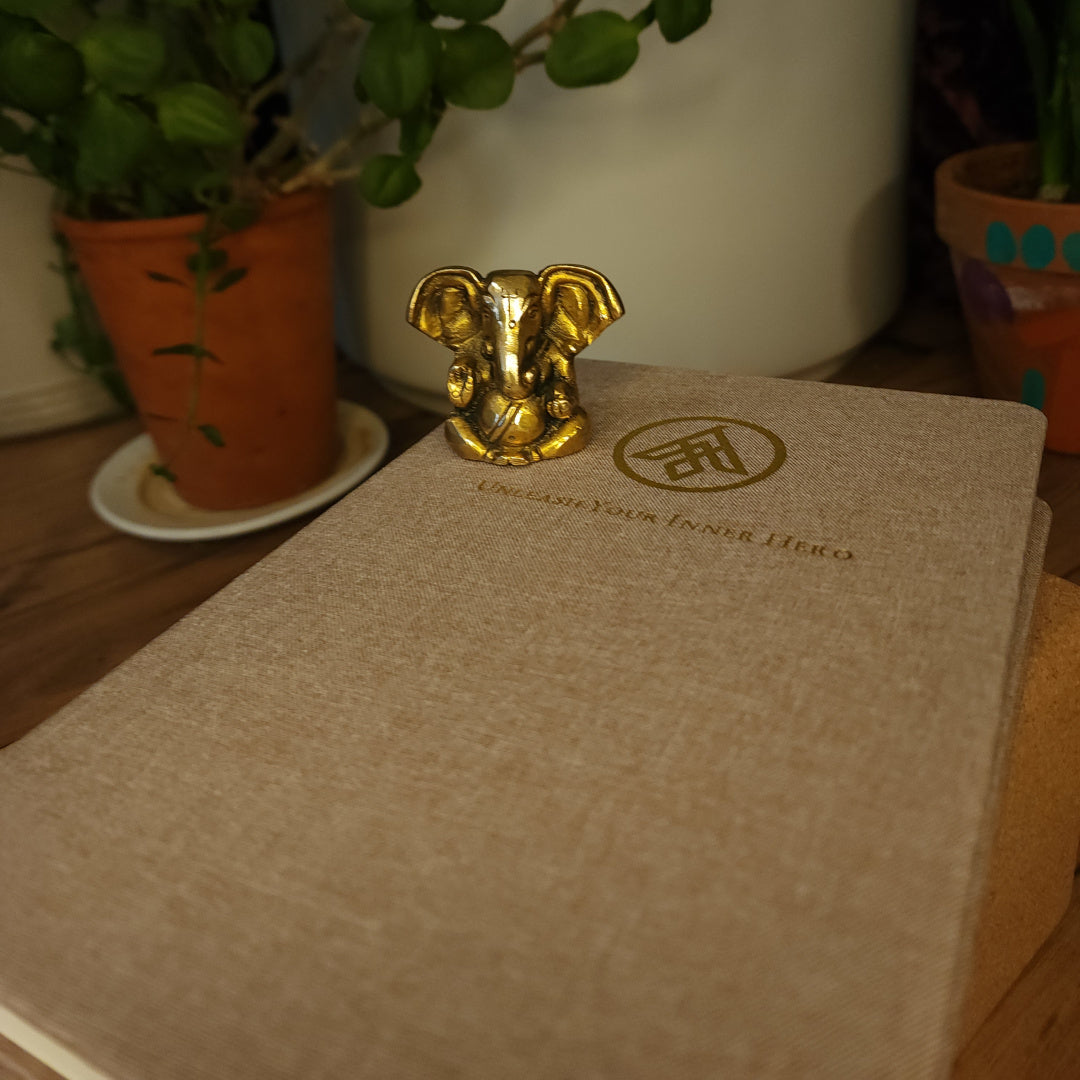Ojas (Vital Essence)
Jack UtermoehlShare
Ojas is a Sanskrit term meaning “vital essence” or “life-sustaining power.”
In Ayurvedic philosophy, ojas is considered the subtle energy of strength, vitality, and immunity—both physical and spiritual.
It is the refined essence of digestion, formed from food, breath, thoughts, and experience.
When ojas is abundant, a person radiates health, resilience, and calm joy. When depleted, fatigue, illness, and emotional instability often follow.
Etymology and Meaning
Sanskrit Spelling: ओजस्
Root Word: "Ojas" (vigor, strength, brilliance)
Translation Variations: Vital energy, immunity, luster, resilience
Pronunciation: Ojas [OH-jus]
Ojas is often described as the sap of life—a subtle, nourishing force that supports stability, longevity, and spiritual radiance.
Ojas in Ayurvedic and Yogic Philosophy
In Ayurveda: Ojas is the final product of proper digestion and tissue nourishment. It supports immunity, hormonal balance, and emotional steadiness.
In Yoga: Ojas supports inner stillness and resilience in deep spiritual practice. It is preserved through ethical living, breath control, and rest.
In Tantra and Subtle Body Work: Ojas is the foundation of tejas (radiance) and prāṇa (vital life-force). It stabilizes the system so spiritual energy can awaken safely.
Symbolism and Elements
Color: Golden or honey-like, symbolizing nourishment and glow
Element: Water and earth—dense, stable, and sustaining
Seat in the Body: Stored primarily in the heart, and subtly throughout the tissues
Mantra: Om Shreem—a mantra of vitality and abundance

Explore Our Full Collection
Discover all the yoga essentials and accessories you need to enhance your practice. Shop now and elevate your yoga practice.
Shop NowPractical Application
In Yoga Practice
- Favor nourishing, restorative practices over excessive exertion
- Use breath retention (kumbhaka) and soft meditative focus to preserve energy
- Support digestion through breath, movement, and postures that kindle agni (digestive fire)
In Daily Life
- Eat warm, whole foods and maintain consistent routines
- Prioritize rest, sleep, and emotional boundaries to protect ojas
- Practice loving-kindness, joy, and truthfulness—all of which strengthen the heart where ojas resides
Quotes and Wisdom
"Ojas is the lamp of life—it burns quietly and steadily when well nourished."
"Protect your ojas like a sacred flame. Let it be your strength, your stillness, and your shine."
Modern Relevance
In an age of overstimulation, depletion, and burnout, ojas reminds us to live in a way that sustains.
Rather than pushing to exhaustion, ojas invites us to align with nature, to nourish body and spirit, and to live with steady vitality.
It is the quiet force behind glowing skin, peaceful energy, strong immunity, and spiritual stability.
Related Concepts
Agni: Digestive fire—ojas depends on its strength
Tejas: Radiance or inner brilliance, born from ojas
Prāṇa: Vital life-force—ojas is its stable counterpart
How to Cultivate Ojas
Mindset: Choose steadiness over strain, nourishment over excess
Actions: Eat, move, and relate in ways that leave you feeling calm, grounded, and whole
Reflection: Ask, “What truly strengthens me—from the inside out?”
Suggested Reading
- Ayurveda: The Science of Self-Healing by Dr. Vasant Lad
- The Everyday Ayurveda Guide to Self-Care by Kate O'Donnell
- The Radiant Sutras by Lorin Roche
Conclusion
Ojas is the subtle essence of vitality, immunity, and radiant strength.
It is not built quickly, but cultivated slowly through consistency, nourishment, rest, and love.
When ojas is strong, the body glows, the mind is calm, and the spirit is unshakable.






